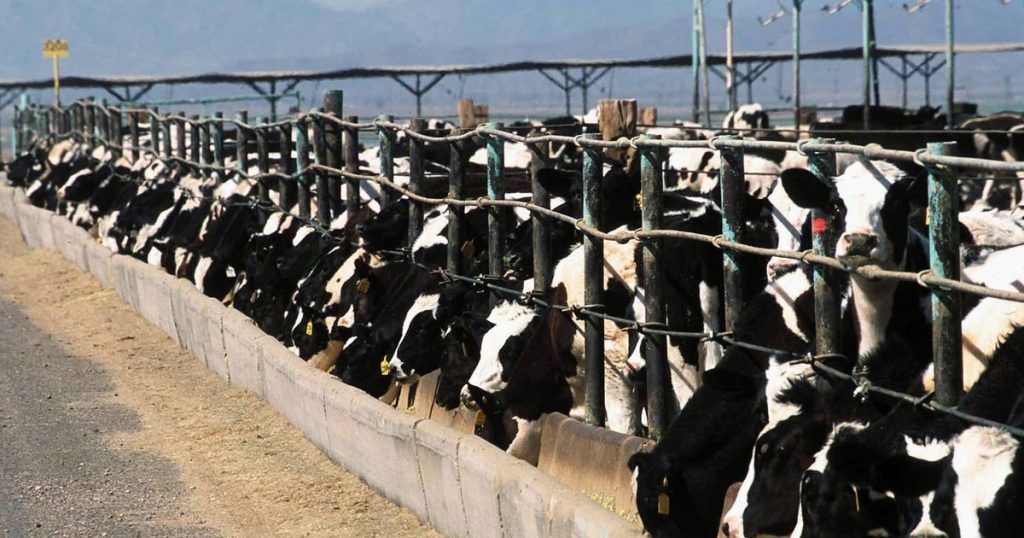Mad cow disease, or Bovine Spongiform Encephalopathy (BSE), was detected on a farm in Scotland, leading to restrictions being imposed on the affected area. While the case is isolated and did not enter the human food chain, the UK has a history of deadly outbreaks associated with this disease. Authorities have implemented strict controls to prevent the spread of mad cow disease and protect the public from variant Creutzfeldt-Jakob disease (vCJD), the human form of the illness. Although humans cannot transmit the disease to each other, the impact of vCJD on infected individuals can be severe, with symptoms including memory loss, behavioral changes, and loss of coordination.
vCJD rapidly attacks the brain and can go undetected for years, progressively worsening as it damages brain tissue. In the UK, there have been documented cases of individuals contracting vCJD from consuming meat infected with BSE. Tragic instances such as the deaths of British teenagers Matthew Parker and Claire McVey underscore the serious consequences of the disease on human health. Claire’s mother, Annie, noted that her daughter’s symptoms began with depression before progressing to physical challenges like loss of balance and mobility. These cases highlight the importance of vigilance and early detection when it comes to dealing with mad cow disease and its potential impact on human health.
The symptoms of vCJD can include loss of intellect and memory, behavior or personality changes, loss of coordination, slurred speech, vision problems, abnormal movements, and overall loss of brain function and mobility. The devastating impact of vCJD on individuals such as Claire McVey serves as a reminder of the importance of strict controls and measures to prevent the spread of mad cow disease. As the disease can remain latent in cattle and manifest over time, early identification of symptoms and proper management are crucial to protecting human health and preventing outbreaks in the future.
Previous outbreaks of mad cow disease have resulted in the culling of infected cattle to prevent further spread of the illness. Authorities have implemented regulations and restrictions to contain the disease and protect both animals and humans from its adverse effects. The connection between BSE in cattle and vCJD in humans underscores the need for comprehensive monitoring and surveillance to detect any potential cases early on. While the current case in Scotland is isolated, it highlights the ongoing risk posed by mad cow disease and the importance of continued vigilance and control measures to safeguard public health.
Efforts to manage and prevent the spread of mad cow disease require multidisciplinary collaboration between veterinary and public health authorities. Strict regulations govern the handling and testing of cattle to ensure that any potential cases are identified promptly. Public awareness campaigns and education on the risks associated with the disease can help communities take proactive steps to protect themselves. The tragic consequences of vCJD on individuals like Claire McVey serve as a stark reminder of the importance of ongoing surveillance, research, and control measures to minimize the impact of mad cow disease on both animal and human populations. By staying informed and working together, stakeholders can mitigate the risks posed by this serious disease and protect public health.


